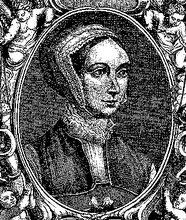A summary of our considerations so far.
Ancient societies built their lives
around the powers of nature. Nature was united with the spiritual.
In Classical times, nature was rejected
in favour of a transcendent ordering principle.
With the advent of the Church, the
transcendent is revealed as a personal God, indeed a Trinity of Persons, whose
life is directed to the restoration of human life and activity, and in which
human progress is suddenly expressed.
Because of the Incarnation, human
beings are the place where the spiritual and the material are united. A new
intellectual synthesis, during the Middles Ages, brought together the value of
humanity and the natural order, and gave rise to science and law.
But as the European mind began to
exploit the riches of the new scientific knowledge, as well as worldly power,
it turned away from this flowering of mind and spirit enlightened by the
Gospel, and sought a purely rational or empirical ideal of knowledge.
And so in the late Middle Ages there
was a reaction against the idealism of Christian culture; nominalism grew and, as a result, a secular understanding of the world came into being – one in
which God and life are separated.
In art, realism took the place of
symbolism. In politics, the unity of Christendom was broken up by the growing
forces of nationalism and secular culture; there was an emancipation from ecclesiastical
tutelage, in favour of a new and self-made independent culture.















No comments:
Post a Comment